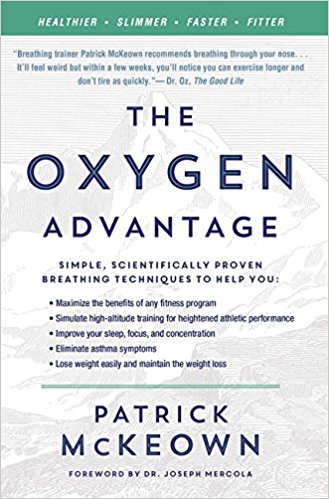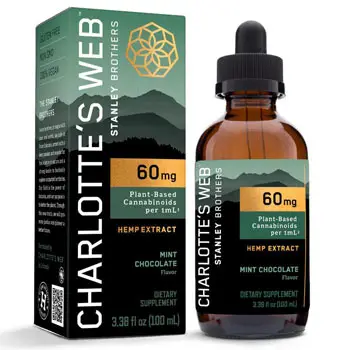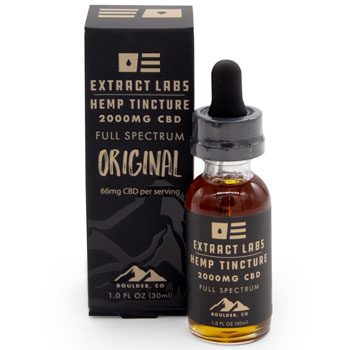Are you sick of how much nasty asthma symptoms affect your life? Are you sick of paying so much for all your asthma medication? Then this post is for you.
I used to need my rescue inhaler multiple times a day. Now, I can’t remember the last time I took a puff.
And I no longer use preventative inhaler, which I’d used since I was a child.
I outline everything I’ve learned and used on my journey to better breathing in my new ebook, How I Beat Asthma.
The powerful yet simple tools I share in this book can help alleviate your symptoms dramatically, while also changing how you think about your asthma and your body. If you’re sick of all the schtick online and ready for some real, healthy strategies that offer real, long-term relief, this book is for you.
We’re offering How I Beat Asthma for a limited time offer of $3.99. It’s an easy read, a hopefully a life changing one, too. Find it here.
Below, I’m also sharing everything else I credit with my recovery from severe asthma. I’ve had asthma my entire life – but it’s only now, as an adult, that I feel like I’m in control of it. I breathe better, I’m much healthier, and I’m so much happier – thanks to these ‘asthma fighters.
Here’s all the actual asthma resources I’ve used to get better – they’re all simple, affordable and easy to use at home, right away. Let’s jump in, lungs first!
1. The Oxygen Advantage
For Guidance on Breathing Techniques and Overbreathing
I’ve written a lot about breathing methods on my blog. I now understand that how I breathe, and how much I hyperventilate, has a huge impact on my asthma.
Sounds like a no-brainer, right? Unfortunately in over 30 years of going to the doctor for asthma treatment, not one suggested I explore breathing techniques to get a better handle on my symptoms.
Thankfully, there are lots of books now available to learn more about proper breathing techniques for asthmatics. I’ve learned a lot from asthma-expert Patrick McKeown, and I’m sure his latest, The Oxygen Advantage, can really help you too.
Retailing under $20 and cheaper on the Kindle version (which is what I got), this a pretty inexpensive way to start helping your asthma big time.
NOT A BIG READER?
Not to worry! Patrick has also put out a DVD. This Buteyko Clinic DVD Set comes with a DVD, a CD and his popular Close Your Mouth book.
You can also find lots and lots of free Buteyko videos on Youtube – just be sure you’re careful about who you’re following (here’s some of my faves).
2. The Best Asthma-Fighting Teas
Tea is just about my favourite all natural remedy for asthma … and I’ve found a few online that I love.
My criteria for natural remedies for treating asthma at home is that they must be good for my general health, too. That’s why I love tea – study after study has proven that teas of all varieties have tons of health benefits, making it a great addition to your ‘treat asthma at home’ repertoire.
I find that staying hydrated and drinking lots of tea with honey helps me feel better and keep asthma symptoms at bay. Plus, sitting down with a nice healthy cup is a great stress-reliever, too (and I believe stress management is a huge aspect of treating asthma that no one talks about).
My favorite tea for asthma management is Breathe Easy Tea, which uses organic licorice root and other ingredients often credited with good lung health.
I also recommend Throat Coat Tea, but pre-warned, this one is not for the feint of heart! Made with slippery elm, licorice and marshmallow root, it’s not the tastiest thing in the world. But man-oh-man – it’s lives up to its name and is really soothing for the throat.
Lately I’ve also been loving this Oregano tea. I’ve been reading good things about oregano’s ability to help reduce cough and spasms, so I thought it was worth checking out, and I’m glad I did!
3. Stay Hydrated…
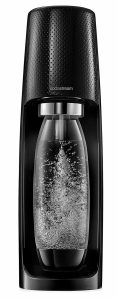
If you want to beat your asthma symptoms, you must (must, must, must!) start drinking more water. Like, seriously.
Upping my water intake was one of the first things I did to try to manage my asthma. Staying properly hydrated can be the difference between phlegmy congestion and clear, effortless breathing.
Of course, that might be easier said than done, especially if you have a bit of a Diet Coke habit like I did.
My solution was to (finally) get a Soda Stream. Suddenly, a glass of (carbonated) water was a treat. I found it was the easiest way to get my water intake up quickly. And I still love it.
If you’re interested, here’s some more tips on how to ensure you’re drinking enough water each day.
4. A Simple Way To Lessen Asthma Symptoms At Night
(so you don’t wake up needing a puff like I used to!)

One of the easiest, simplest and cheapest tricks I’ve learned to beat asthma also sounds the silliest at first.
If you’re like me, your asthma symptoms are probably worse at night – and waking up at 3am because you need a puff is the worst.
If this sounds like you, it might be because you are unconsciously breathing through your mouth while you sleep.
So how do you beat that? You tape your lips when you go to bed!
I know it sounds weird – learn all about it here, including how it works and some precautions.
I like to use 3M paper medical tape (link to my favorite type on Amazon) – I’ve found it to be the most gentle on my skin, while still staying put throughout the night.
You can find this at your local drug store, or buy in bulk and maybe save a few pennies on Amazon. Either way, if you’re like I was, you’re intrigued and think anything so simple is worth a try!
5. Best Air Filter For Asthma
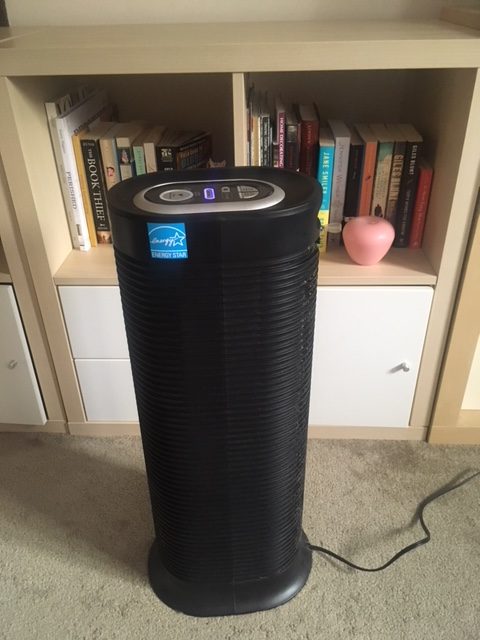
It’s a no-brainer that is backed up by science: air purifiers can help us manage our asthma symptoms.
I can’t believe it took me so long to finally get an air filter, and I’m so happy I found my Honeywell HPA160 HEPA Tower Allergen Remover. I noticed a difference in the air quality in my apartment after just a few hours of using this little machine, and I haven’t looked back.
It makes sense that you want the air in your home to be as clean as possible, to make things easier on your lungs. An air filter alone won’t cure your symptoms, but it sure can help.

You might need a different filter than mine to match your living space. Be careful because certain types of air purifiers can actually make your asthma symptoms worse. So use my Air Purifiers for Asthma guide to help you learn what works best – don’t worry, there’s tons of good options at multiple price points.
And if you’re ready to dive in, here’s a great, moderately priced option that’s currently available:
6. Honey!
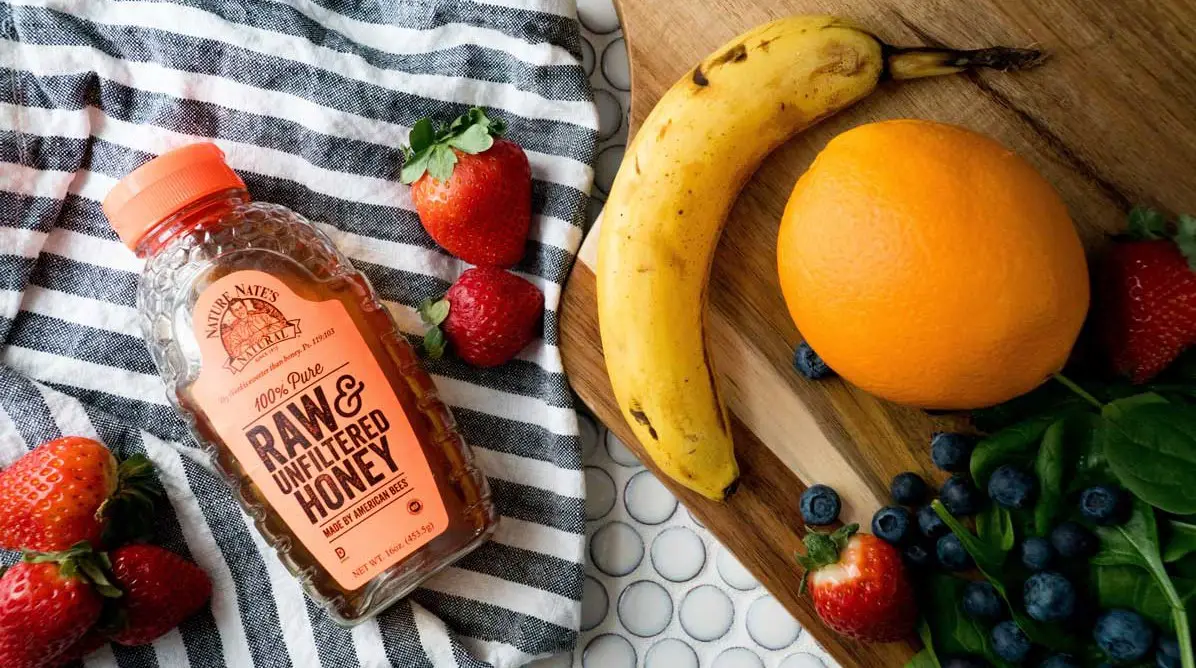
It’s always exciting when an all-natural remedy is as fun to use as honey!
Pure honey is nutrient dense and has been credited with alleviating many health issues, including coughs and allergies. You’ll find countless asthma-remedy sites that suggest adding a tablespoon to tea.
Anecdotally, if I’m phlegm-y at night, I find taking a spoonful soothes my throat and helps me cough less and sleep better. I also add it to my smoothies for a little asthma-fighting boost.
Yummy and a fantastic alternative to sugar, this is one natural remedy that just makes life a bit sweeter – easy to get behind!
If you’ve also got allergies, it can be helpful to source a good local honey, made from local bees – some people think this can help you build a bit of resistance to your local foliage. Otherwise, this is a fantastic, reasonably priced and unfiltered option available on Amazon – recommended.
7. Exercise Is My Best Medicine
After I started using some simple ideas from the Buteyko method, I knew I wanted to do more and more to improve my health and my breathing. And of course, that led me to exercising, which is recommended by the National Institute of Health (among others) to promote healthy lung function.
I recommend that asthmatics looking to start an exercise routine should try working out at home, at least at first. Wheezing in public at a sweaty gym just doesn’t seem fun, and the fear of wheezing in public kept me from exercising for a long time.
I ended up choosing the very highly regarded and reasonably priced Concept2 Rowing Machine, because I had read such good things about rowing – it’s a low-impact, total body muscular and cardio workout.
Learn more about how rowing helped me beat asthma here.
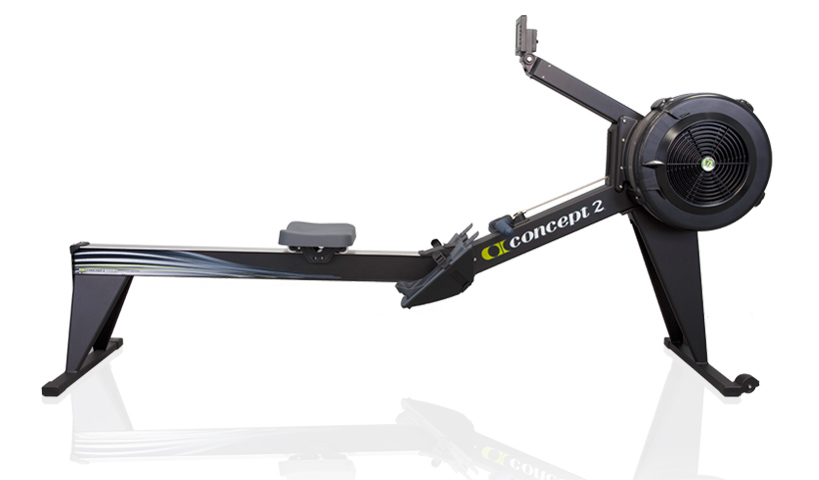
(Don’t worry if you’re interested in rowing but the Concept2 is out of your price range – there’s tons of good options that are much cheaper. Check out my complete guide to rowing machines at multiple price points here).
Once my body and lungs got used to the cardiovascular demands of rowing, I started adding in a bit of weight lifting. Which again, with the purchase of some simple free weights, is something I can do at home. And recently I finally got a chin up bar for my bedroom door frame. My wife, Emma, is trying to work her way up to doing a full chin up unassisted! 🙂
Finally, if you’re looking for some good workout videos, I love the huge collection that Fitness Blender offers for free over on Youtube. And Emma, wants to let aspiring yogis out there know that Yoga with Adrienne has tons of great, free videos too. These are all free of charge and don’t require any equipment (unless, again, you want to invest in some free weights).
8. Diet Support

Sorry guys. One of the best ways to treat your asthma isn’t fun, and it isn’t flashy.
While we all want a miracle cure for our asthma, I’ve found one of the most important ways I can keep my symptoms at bay (and avoid needing my ventolin) is to maintain a healthy diet for asthma.
Part of that healthy diet requires lots of healthy Omega 3s, which we all know that Omega 3 is critical to our health. But it’s not always easy to get it through our diet alone. That’s why many of us turn to Omega supplements (to learn more of the top recommended supplements for asthma, see here).
I’ve scoured Amazon, and I’ve found the Dr. Tobias Omega 3 Fish Oil Triple Strength supplements to be well reviewed and reasonably priced.
Finally, there’s also good research to support that the Mediterranean Diet is good for your lungs (and the rest of your body!).
So what exactly is the Mediterranean diet? It’s basically just a ‘good food’ diet – lots of fruits and vegetables, lots of fish and whole grains, not much unhealthy fat and plenty of olive oil (link to a good deal on Amazon), with a little red wine on the side.
If that makes up a good diet for asthma, it’s one we can get behind! Just remember – the WORST thing you can do for your asthma is to get stressed. So don’t let your diet stress you out. Try to cut out as much junk and fast food as you can, especially before bed, and otherwise do your best!
(And while we’re talking about diet, check out these three asthma superfoods that you can start enjoying right away!).
9. CBD For Asthma – My Favorite For Last
If you’re looking for more natural ways to ramp up your asthma treatment, then you owe it to yourself to try cannabidiol, or CBD. It changed my life, and I take it every day.
As you probably now, asthma basically inflammation of the airways. And CBD ir proven to help reduce inflammation (among other things, like relaxing your nervous system in general and helping you sleep).
So essentially you’re reducing inflammation and calming the airways and lungs when you take CBD with asthma.
CBD is now available in Canada, the US and Europe without a prescription (although depending on which state you live in, you might want to double check – CBD is legal federally but not in every state). So if it’s legal where you live, I highly recommend you give it a try.
Following the other strategies on this page, I was able to end my ventolin addiction and get off my preventative inhaler. I was able to stop taking my puffer, too … but sometimes I still wanted it. Since I started taking CBD, I no longer feel like I need my inhaler, like, at all. It’s pretty powerful.
Now, CBD can be a bit daunting for a newbie, trying to figure out which dosage to use and when. Don’t worry – I show you exactly how and why to use it here.
Most people start with CBD oil, which you can take sublingually (under the tongue), add to drinks (great in a smoothie!), or put into your own capsule. It’s generally recommended you start with about 20mg doses. I started with 20mg at night, and eventually upped that to 40mg. Emma takes it too, for insomnia and anxiety. We both play around with our dosages but always make sure we’re getting some each day.
I’ve also had a lot of readers ask about recommendations. If there’s a local dispensary near you, then you might want to check them out. If not, Direct Hemp sells organic, high quality, reasonably priced, and, most importantly, third party lab tested. CBD is a great product, but you can’t always trust that things labeled ‘CBD’ actually have any CBD. Direct Hemp, on the other hand, you can trust.
Note: Readers of my blog can get 10% off their order at Direct Hemp if they use the links from our website or coupon code ‘treatasthma’.
Stay Proactive
It’s easy to want a quick fix for asthma, or to read an article like this one and forget about it. Don’t.
It was only when I got serious about getting healthy and healing my whole body – asthma and all – that I started to see results.
But trust me … I can’t tell you the relief I feel now that I’m not dependent on my asthma medication. It’s the proverbial new lease on life, and I think it’s worth working towards.
Don’t think that you have to master everything right away. Try to drink a little more water maybe, or start learning about Buteyko. Add CBD to your regimen. Work your way toward better health and better breathing, and go easy on yourself when you slip up. And of course talk to your doctor before making any major changes, especially to your medication.
Trust me – you’ll be glad you did. And please consider sharing this article with people who you think could benefit from it.
Happy Breathing!


